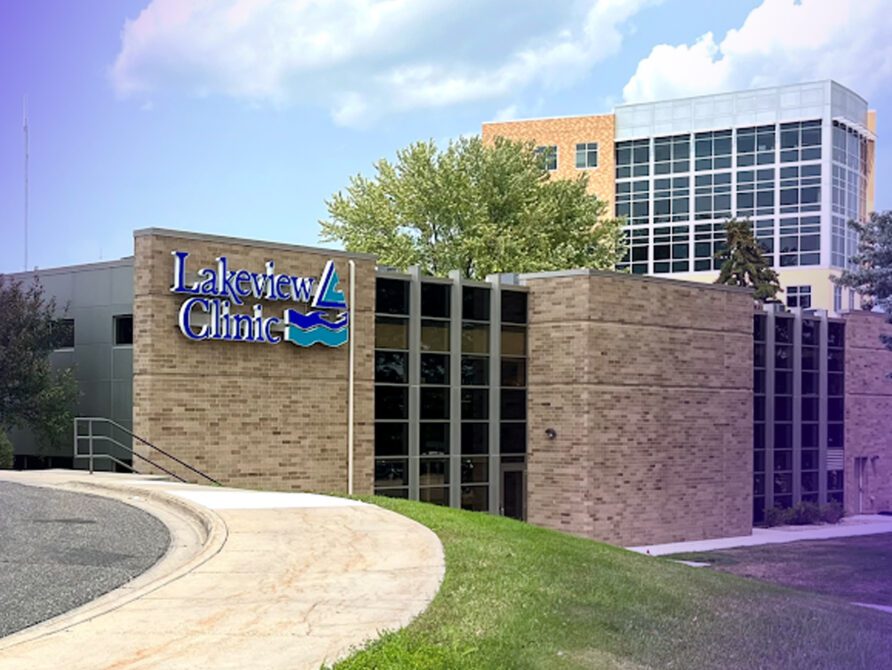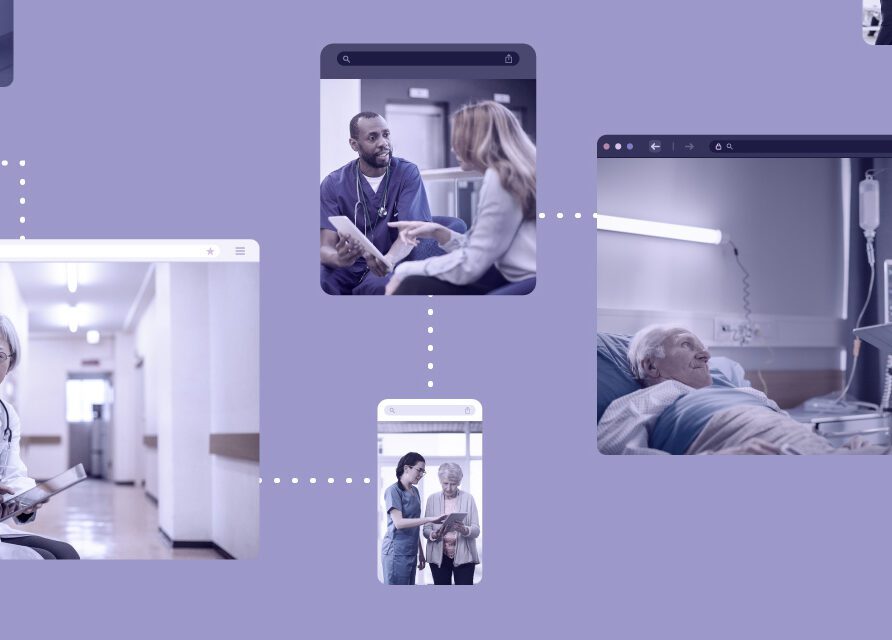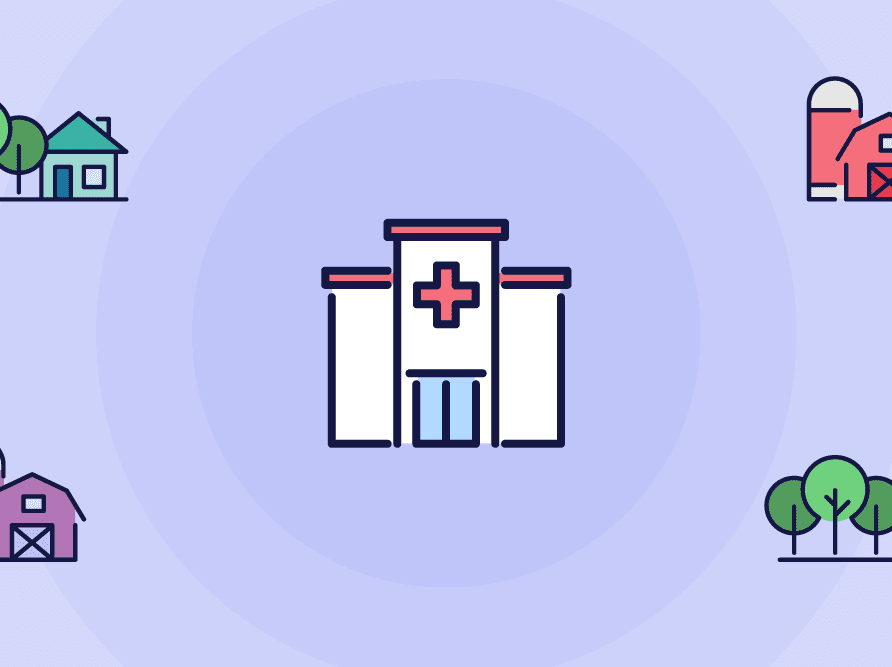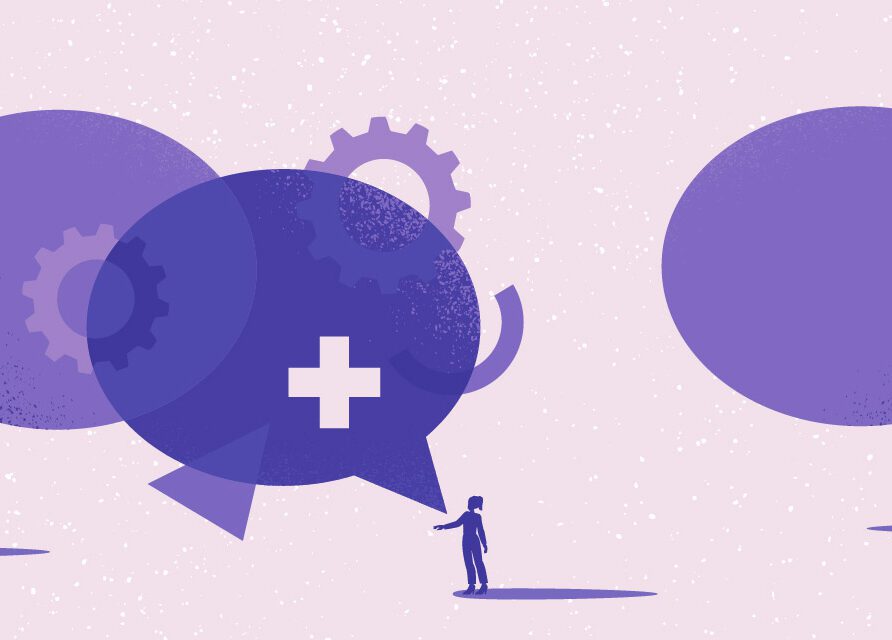Article
Vaccine verification: Saving lives and communities from vaccine-preventable diseases
For the first time in nearly 10 years, polio has been detected in the U.S. The virus was found in sewage samples taken from Rockland County, New York, a community with an exceptionally low polio vaccination rate. The Centers for Disease Control and Prevention (CDC) is encouraging residents of that community to seek vaccination to prevent a widespread outbreak of this deadly disease.
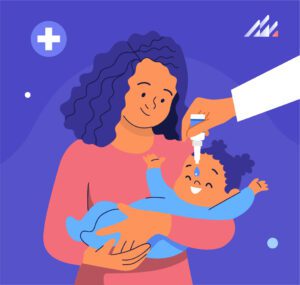 This isn’t the first time a vaccine-preventable disease has made a resurgence due to low vaccination rates. In 2019, there was an outbreak of measles that spanned across 31 states and infected nearly 1,300 people. Again, unvaccinated individuals were the source of the outbreak. As a physician trained in Pakistan, one of the two countries in the world where Polio is still endemic, I am sadly very familiar with the amount of financial, technical, and cultural inputs, as well as, above all else, the persistence it takes to tackle such a challenge.
This isn’t the first time a vaccine-preventable disease has made a resurgence due to low vaccination rates. In 2019, there was an outbreak of measles that spanned across 31 states and infected nearly 1,300 people. Again, unvaccinated individuals were the source of the outbreak. As a physician trained in Pakistan, one of the two countries in the world where Polio is still endemic, I am sadly very familiar with the amount of financial, technical, and cultural inputs, as well as, above all else, the persistence it takes to tackle such a challenge.
The science is clear: Vaccination is the best way to prevent infection or serious illness. And in turn, higher vaccination rates in the community mean fewer outbreaks of serious and deadly diseases. In the cases of measles and polio, the vaccines are usually administered at a young age, meaning today’s adults would not have had control over their vaccination status and it’s unlikely for them to remember if they were vaccinated or not. Remaining unaware of vaccination status puts unvaccinated individuals and entire communities at risk.
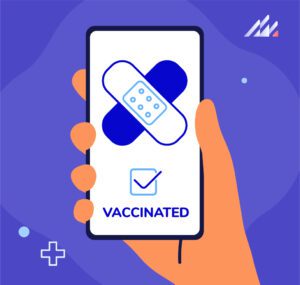 Those needing to provide proof of vaccination would need to provide a copy of their vaccine records—a task much easier said than done. In the past, vaccinations were recorded on paper charts, making retrieval of these records extremely difficult or even impossible. In fact, here are a few of the suggestions from CDC for an individual trying to verify their vaccination status:
Those needing to provide proof of vaccination would need to provide a copy of their vaccine records—a task much easier said than done. In the past, vaccinations were recorded on paper charts, making retrieval of these records extremely difficult or even impossible. In fact, here are a few of the suggestions from CDC for an individual trying to verify their vaccination status:
- Ask parents or other caregivers if they have records of your childhood immunizations
- Look through baby books or other saved documents from childhood
- Check with high school and/or college health services for dates of any immunizations; however, these records are generally only kept for 1–2 years after students leave the system
- Check with previous employers (including the military) that may have required immunizations
Obviously, this in an unsustainable approach to vaccine record retention and verification. Particularly when you consider that the past nine global health emergencies have occurred since 2009. This includes a previous outbreak of polio, COVID-19 and most recently, monkeypox—all of which have an effective vaccine available.
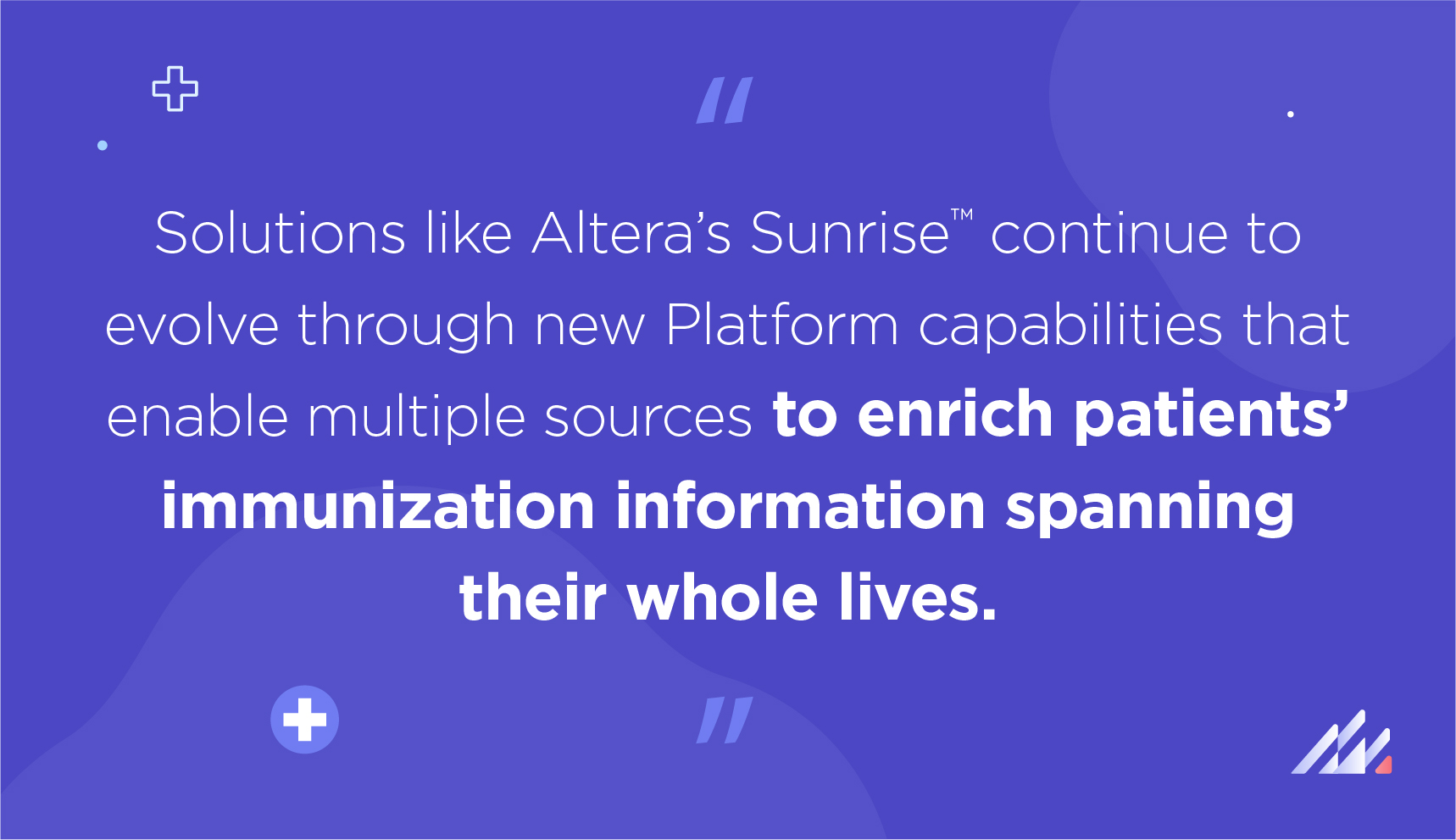
As it becomes increasingly more important to maintain a reliable record of vaccination, healthcare IT is in the perfect position to modernize patient records. Obviously, the general concept of maintaining a digital medical record is not new, but the increased need for clear vaccination records serves as a reminder of the importance of digitizing healthcare and of the potential that healthcare IT has to improve overall public health. Solutions like Altera’s Sunrise™ continue to evolve through new Platform capabilities that enable multiple sources to enrich patients’ immunization information spanning their whole lives. Consumers, public health registries, pharmacies administering vaccines, etc., will be able to contribute to and learn from these new data exchanges making it easier to understand and influence consumer choice. As we understand more about the correlation between environment and other social determinants of health as a society, we increase our defense against enduring viruses and other potential outbreaks. To learn more about the Platform of Health, go here.


